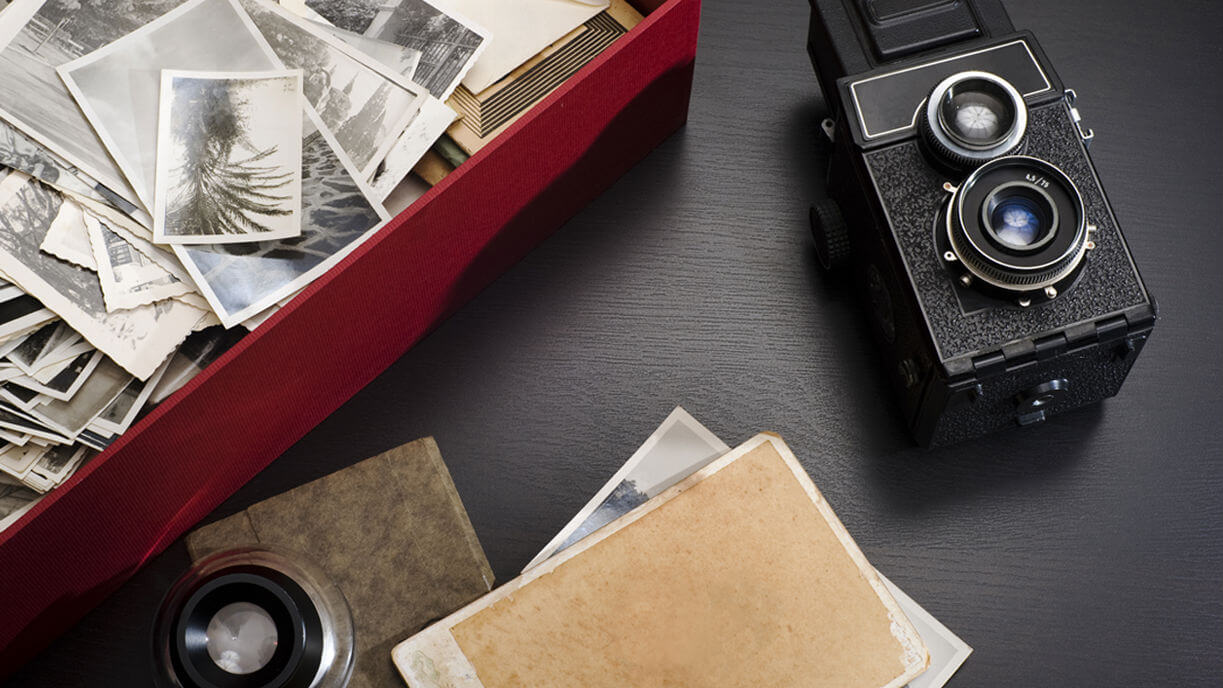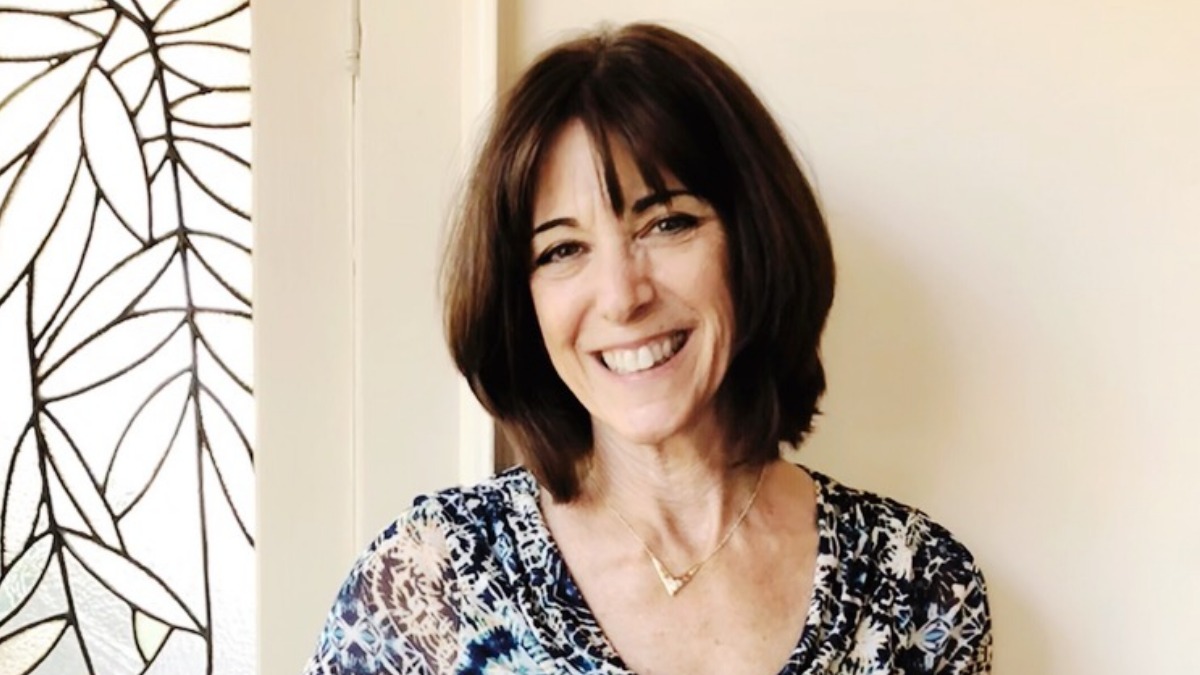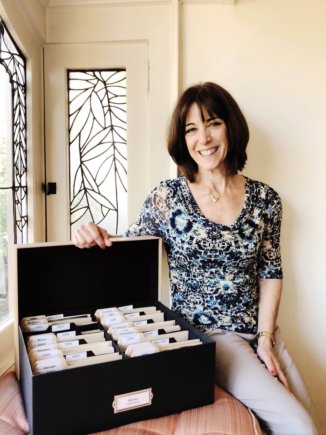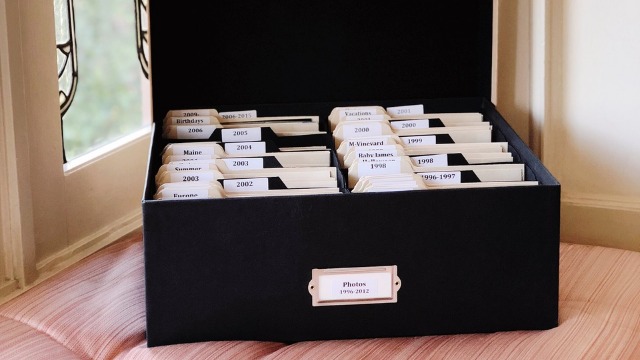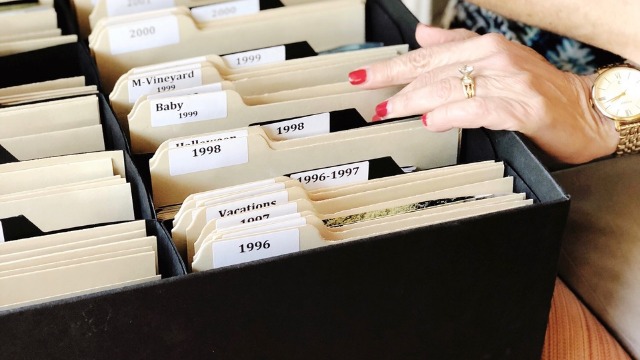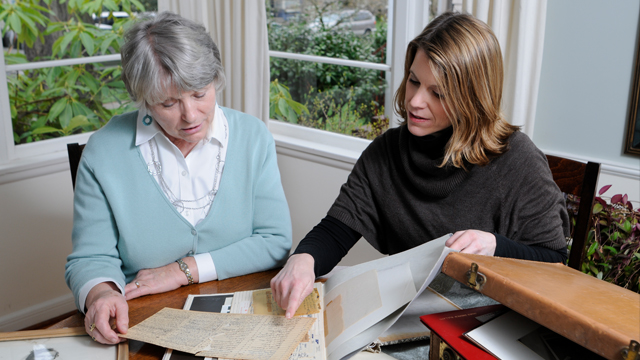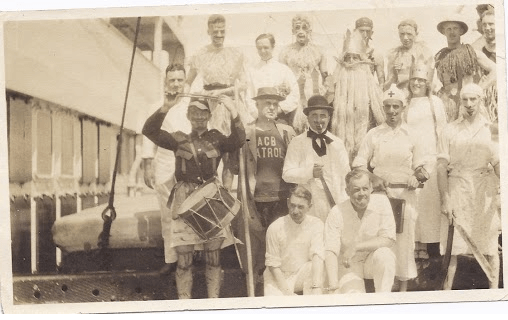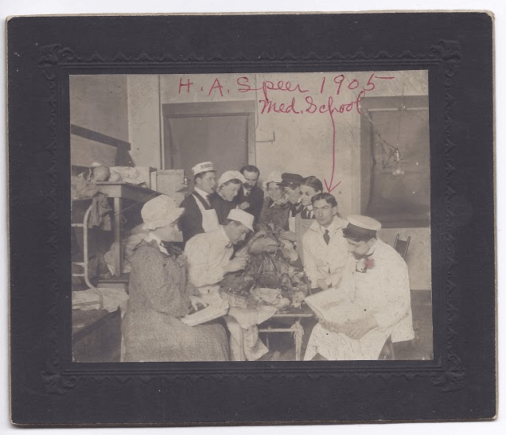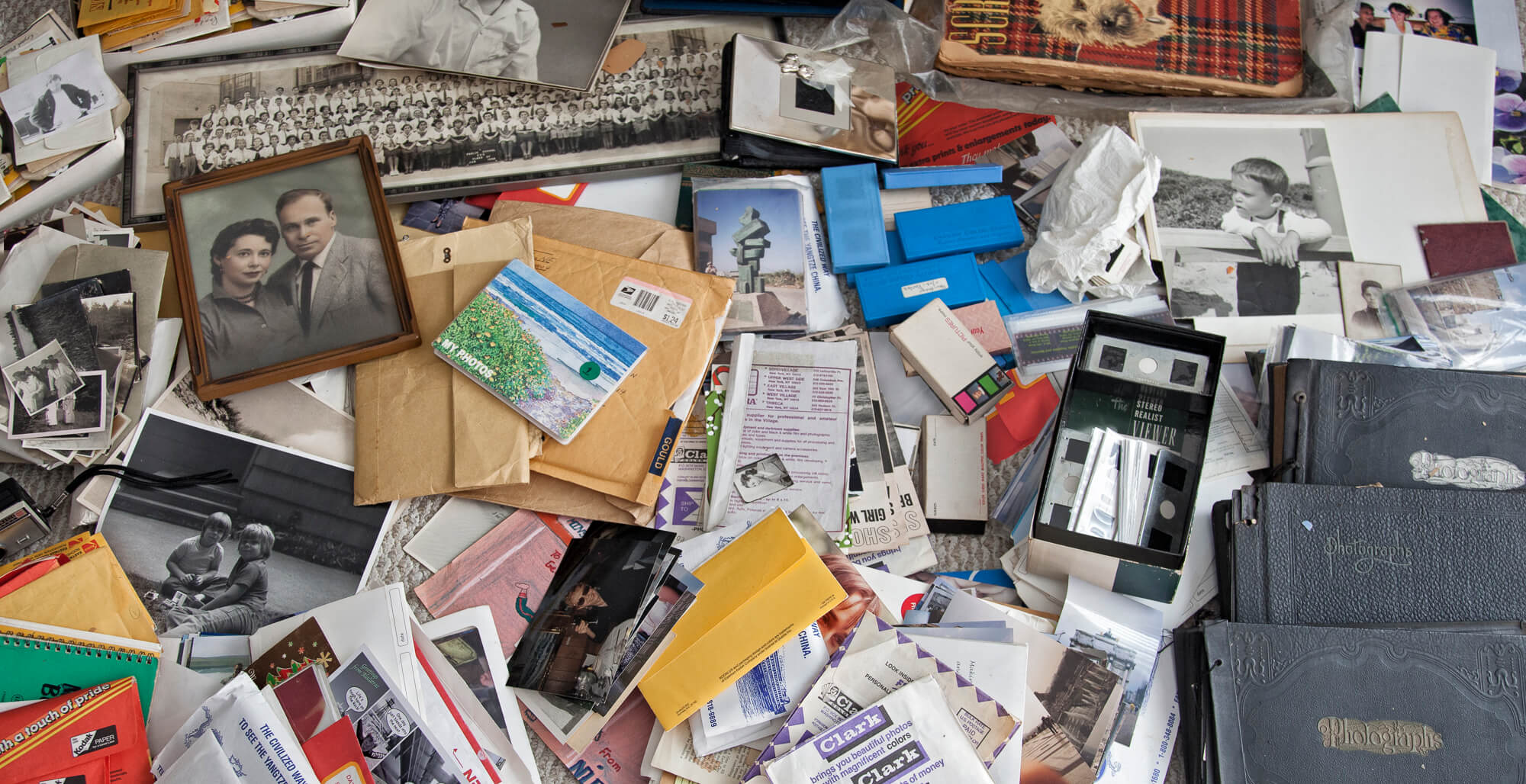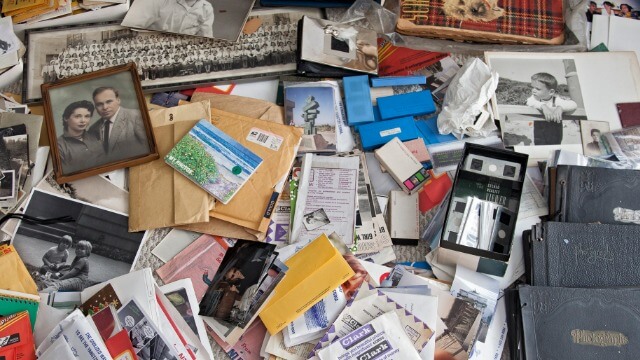We talked to Marianne Behler, the woman behind Michigan-based Lifetime Photo Solutions. Marianne’s in the business of helping people make sense of their photo collections, meticulously going through hundreds of images to determine which captured memories are worth keeping and preserving. In this exclusive interview, Marianne reveals how she became a photo organizer, shares some of her most notable projects, and gives some advice for folks who’d like to start organizing their own photos.
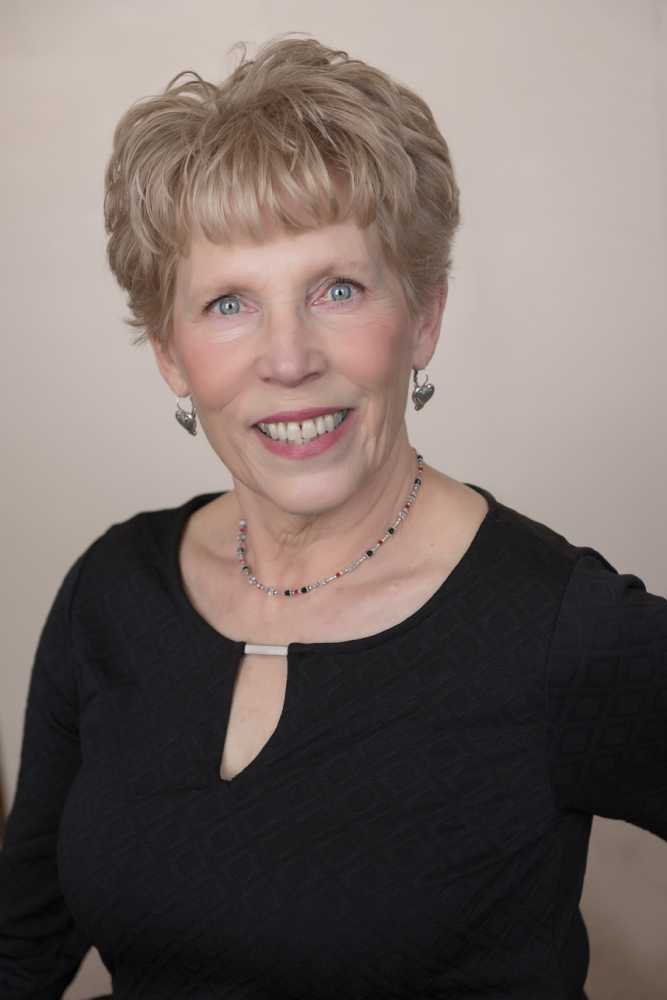
Marianne Behler
What made you decide to become a Photo Organizer?
I became a Photo Organizer and a member of the Association of Personal Photo Organizers (APPO) after reading about and immediately contacting Cathi Nelson, who started APPO in 2010. Coincidently people were asking me to organize their photos, digitize their photos, organize their digital photos, and create photo books for them. People love their children and their families; they love taking photos and sharing their stories. But they have no idea how to do it, combined with little time and a sense of urgency.
I converse with people about their photos, their life, and what they might wish to do with their photo collection—their vision. The client I best serve has a lifetime of photos, possibly even of their parents, grandparents, and generations beyond. They are in shoeboxes and bins, in no particular order. Some are in albums of all types, [some are in] old scrapbooks or newer scrapbooks that they now want to reduce in number. They have digital photos on cameras, phones, and other devices. They want something created for their children and grandchildren that will highlight the best of the best of their photos and the stories that make them special—their legacy.
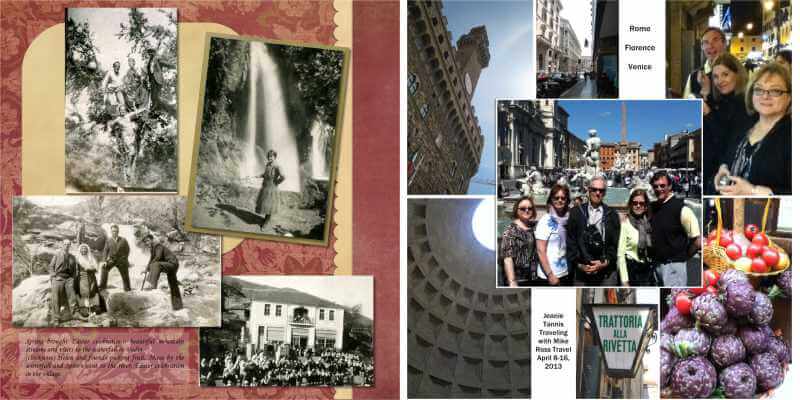
A sample of Marianne’s work
First, I complete a photo assessment of their photo collection, taking pictures and making notes. I prepare a report which includes my recommendation for phases to complete their work—organizing and scanning printed photos is typically the first phase. And that is where a Nixplay frame comes in! Because the sorting, organizing and digitizing of a photo collection takes time, the immediate “I love this” and “I love what you are doing” comes from getting their pictures back into their lives, when they see them again. Imagine seeing their parent’s photos, their own childhood photos, pictures of the home where they once lived, images of their travels, and school photos, all coming back into their lives after not seeing them for years. What a thrill!
Can you tell us about the most fulfilling project you’ve managed?
This is a hard story to tell. It is the story of John McAuliffe, a man who wanted to have his story told. Initially, we were going to tell his story and his wife’s separately, but his wife died. We then revisited the idea of John telling his own story. Unfortunately, John’s Parkinson’s disease had greatly diminished his ability to both remember and communicate. Each time I visited John, his story got bigger and longer. There were more and more pictures and memorabilia to sort through.
Finally, I enlisted the help of his family. And, his story became the story of John and his wife Annetta—both their families had immigrated to America and they had beautiful stories to tell. The long and short of it was that John lived “just” long enough to receive a copy of his book, with the pictures and stories of his life! He and his sons each received a copy of his book, and they also ordered 50 smaller copies for other family and friends. John died just three weeks after, and his life and story were proclaimed by the priest at his funeral because of his book. He truly left a legacy of their lives for his children, grandchildren, and the friends who knew him. Their family stories are being featured in Jackson, Michigan, in a gallery talk on immigration to America. They are using the book and pictures from the book for the gallery talk.
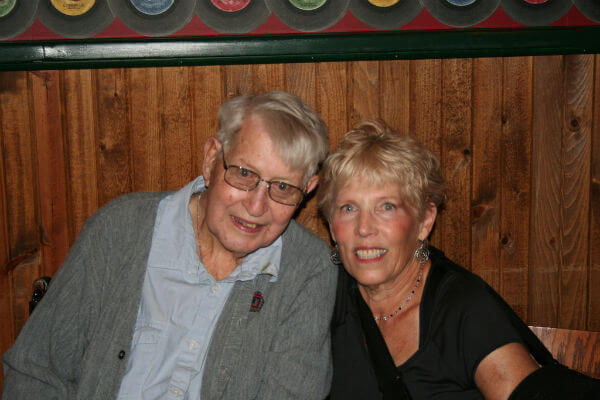
Marianne and her client, John McAuliffe
How has Nixplay helped your job as a legacy keeper?
Nixplay offers me a way to help get my clients’ photos back into their lives! Because a story of a lifetime takes time to curate and tell, Nixplay offers my clients a way to relive their lives immediately. The new stories being told can also be easily combined with my clients’ legacies because of the present-day technology offered by Nixplay. Our children, our grandchildren, and their daily lives and accomplishments can all meld into their Nixplay digital frame from anywhere and everywhere.

More of Marianne’s work
What advice can you give to our readers who’d like to start organizing their own photo collection?
Hire a photo organizer and purchase a Nixplay digital frame that your photo organizer can manage. Have your photo organizer import both your newly organized and digitized photos onto your Nixplay frame, and have your children and grandchildren add photos to your playlists so you can see and be part of their daily lives. This would be an awesome Christmas or holiday present for all the grandparents and parents on your list! The gifts that are so well appreciated are usually those that elicit memories, and a Nixplay frame can achieve just that.


